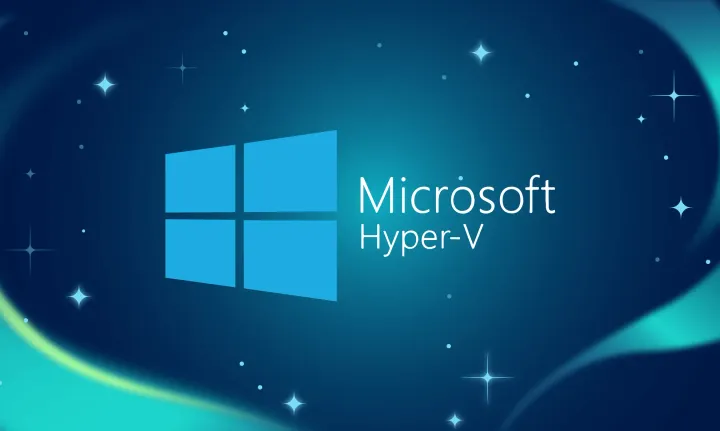HACK: Forcing FBA Token Refresh against SPClaimProvider with No Credential Challenge
The approach takes advantage of the SP 2010 OOB Session Token handler and FBA claims provider implementation that during a period of token lifetime, if there is activity during the period of time that can be defined as "EW" in the image in the section "Background" below, that the SPSecurityTokenManager will, with the FBA provider, reissue a Session Token with new SessionToken ValidTo and ValidFrom times without forcing a re-challenge for user credentials (username and password).
Additionally, it takes advantage of the ability to provide an event handler, on the SessionAuthentcationModule (SPSessionAuthenticationModule) to cause a reissue of the token temporarily with an expiry time (ValidTo) that will cause a SPSessionToken cache miss – thus forcing the re-issue by the SPSecurityTokenManager.
General Approach
The following is a contrived example and uses a rudimentary approach for determine how/when to indicate that the token should be "refreshed" This is done by hooking into the WIF Session Authentication Module's (SAM) Event "SessionSecurityTokenReceived".
The approach taken, and shown on the internet in several posts is to subclass the HttpApplication implementation.
The approach I recommend is to leverage the ability of any HttpApplication by ways of built in ability to identify all HttpModules loaded for that ASP.NET application (SP included) and determine if there are Event handlers specified by ways of the Global.asax in the Root of the SP IIS Site. This is handled by the System.Web.HttpApplication.HookupEventHandlersForApplicationAndModules method.
Note: There are alternatives that I've also tested that work – 1 approach is to register a new HttpModule, then in that HttpModule is to register "1" time a handler for the SAM's SessionSecurityTokenReceived event. This requires a method of indicating at the application level that a handler has already been registered.
Scenario Supported
The general scenario is:
- User is already logged onto the site with a valid token
- At time required to force a Claims refresh, user will click a link or system will determine how to initiate an HttpRequest that will call the logic required for forcing the refresh
- System receives request
- SessionAuthenticationModule raises event that custom code will handle
- This is done by HttpRequest inspection – the sample looks for a Url that contains "RefreshToken.aspx" – there are other means to provide a similar approach.
- Custom code identifies the SP LogonTokenCacheExpirationWindow
- Using LogonTokenCacheExpirationWindow, custom code forces a re-issue of token that has a ValidTo that will fall into the LogonTokenCacheExpirationWindows – eg.
DateTime newValidTo = DateTime.UtcNow.Add(logonWindow);
- System (SP Session Cache) determines that the token requires a re-issue
- System calls SPSecurityToken Manager – to reissue all claims for user, bypassing the Logon credentials prompt
- During the SPSecurityToken manager re-issue any custom SPClaimProvider types loaded are also called – using FBA and SPClaimProvider will make a call to its FillClaimsForEntity inside of the SP STS.
- Session continues with new SessionToken using configuration based values for ValidFrom, ValidTo as defined in the SPSecurityTokenConfig.
Sample Code for Event Handler
The sample code uses another class to contain the code; your implementation could just as easily keep this in the global.asax – however, I'm of the belief that the global.asax should be kept as pristine as possible.
The following code is placed in an assembly that is resolvable through normal fusion – that is, it could be a private assembly. I've chosen GAC in the sample project just for the ease of development.
The code below handles the event and just looks for a page (Url) that contains a well-known request string. This could be anything, but ensure that it's not a common page and based upon the application needs, how your logic will determine a need to refresh all claims.
<%@ Assembly Name="Microsoft.SharePoint" %>
<%@ Assembly Name="RefreshClaimsSample, Version=1.0.0.0, Culture=neutral, PublicKeyToken=329ca2a6e4eeb8c6" %>
<%@ Application Language="C#" Inherits="Microsoft.SharePoint.ApplicationRuntime.SPHttpApplication" %>
<%@ Import Namespace="Microsoft.IdentityModel.Web" %>
<%@ Import Namespace="Microsoft.IdentityModel.Tokens" %>
<%@ Import Namespace="Microsoft.SharePoint.IdentityModel" %>
<script runat="server">
void SessionAuthentication_SessionSecurityTokenReceived(object sender, SessionSecurityTokenReceivedEventArgs e)
{
RefreshClaimsSample.SampleRefreshClaims.ForceRefreshClaims(sender, e);
}
</script>
public static void ForceRefreshClaims(object sender, SessionSecurityTokenReceivedEventArgs e)
{
if (HttpContext.Current.Request.Url.AbsoluteUri.Contains("RefreshClaims.aspx"))
{
SessionAuthenticationModule sam = sender as SessionAuthenticationModule;
var logonWindow = SPSecurityTokenServiceManager.Local.LogonTokenCacheExpirationWindow;
DateTime newValidTo = DateTime.UtcNow.Add(logonWindow);
e.SessionToken = sam.CreateSessionSecurityToken(
e.SessionToken.ClaimsPrincipal,
e.SessionToken.Context,
e.SessionToken.ValidFrom,
newValidTo,
e.SessionToken.IsPersistent);
e.ReissueCookie = true;
}
}
Wiring up Event Handler
In the SP Global.asax provided a method signature that matches the event from the SAM.
The requirements are that the signature is as follows:
void <moduleNameFromConfig>_<eventName> ( eventArgsType )
Where:
- moduleNameFromConfig – must match the name attribute from the module as specified in the /system.webServer/modules/add/@name element.
- eventName – must match the event name as defined in the HttpModule's public event
- eventArgsType – must match the event arguments type that is defined for the event.
Background
In the above diagram, the settings:
- TL = FormsTokenLifeTime
- EW = LogonTokenCacheExpirationWindow
These settings are obtained and modified via PowerShell under the SPSecurityT0kenServiceConfig set of cmdlets.
For the following samples, assume the following:
- TL = 10 Minutes
- EW = 4 Minutes
TL – EW = 6 Minutes




